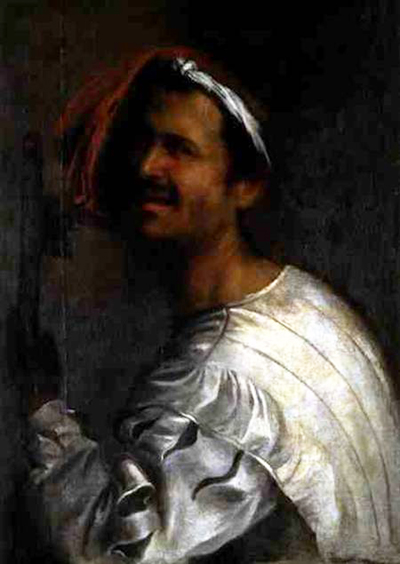With a high renaissance style, the work is a unique representation of ancient artwork. The Italian artist shows the love of performance in the community during the ancient times. The background of the painting appears dark, and with bare eyes, it is challenging to identify the type of material or earth surface representing the background.
In designing the work, the singer with a flute, Giorgione, was influenced by the zeal to represent natural perfection and accurate anatomical studies. The appearance of the artist in the artwork leaves the question about the intensions of the work unanswered. It cannot be identified with ease whether the work was intended for portrayed or individual. The 15th-century work by Giorgione was an inspiration by his success in other works of art. He influenced other artists like Leonardo da Vinci, Albrecht Altdorfer and Albrecht Durer among other artists of the 15th century. The singer with a flute inspired future works by Giorgione like the shepherd with a flute, which fills with contradiction about the original artist between Giorgione and Leanardo da Vinci.
Singer, with a flute, features a um 1477- 1510 art by Giorgione, paying attention to the love of music. Located at Rom, Galleria Borghese Italy, the art is presented on oil canvas with a mirrored motive canvas frame. There are no additional borders to the artwork. The design adds to the clarity and uniqueness of the art. Different models of the artwork are available with different frame materials and types.
The original artwork on a singer with a flute by Giorgione stands as a unique piece with an extraordinary appearance. Giorgione designed the work in a unique way such that 16th-century forgery can be distinguished from the original masterpiece. The artwork presents a man in a loose white shirt with his head covered with a brown and white piece of clothing. The man appears to face away from the audience with the whole body but focuses his eyes on the audience.
In the left middle ground of portrait art, the musician holds a wooden musical instrument (flute). The elevation and facial appearance of the black-haired man shows that the sculpture represents a given performance memories Giorgio Barbarella tries to bring out. Different individuals can modify the actual size of the singer with a flute by Giorgione to produce varying sizes upon demand. The original design remains positioned in Italy. The varying design of this hip art rejuvenates the ancient art and music desire.




